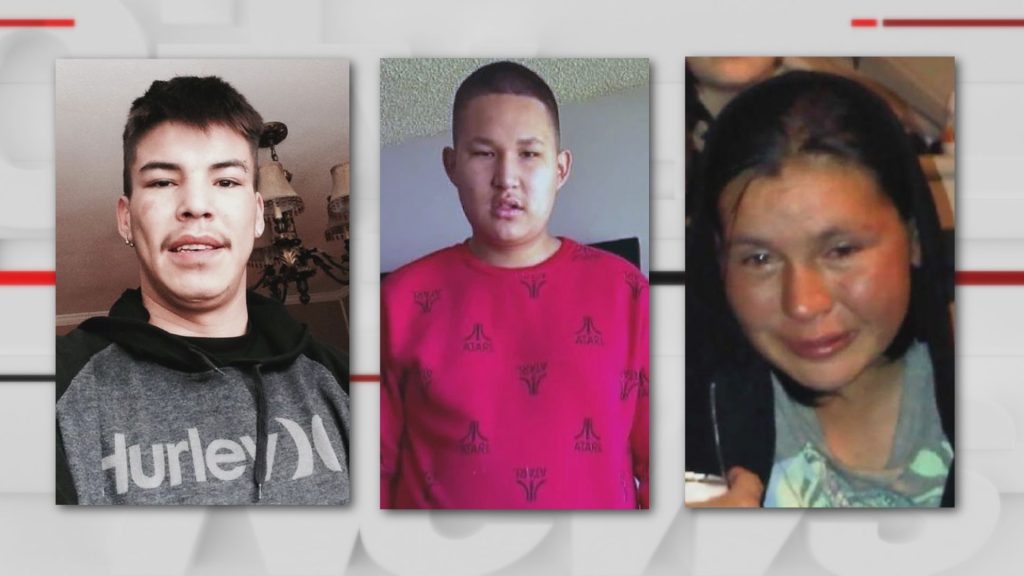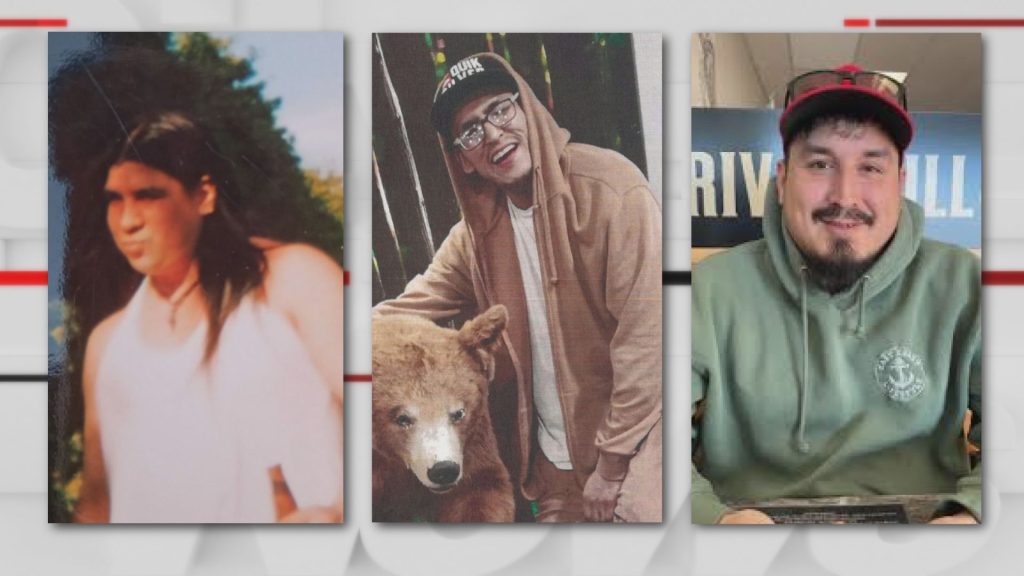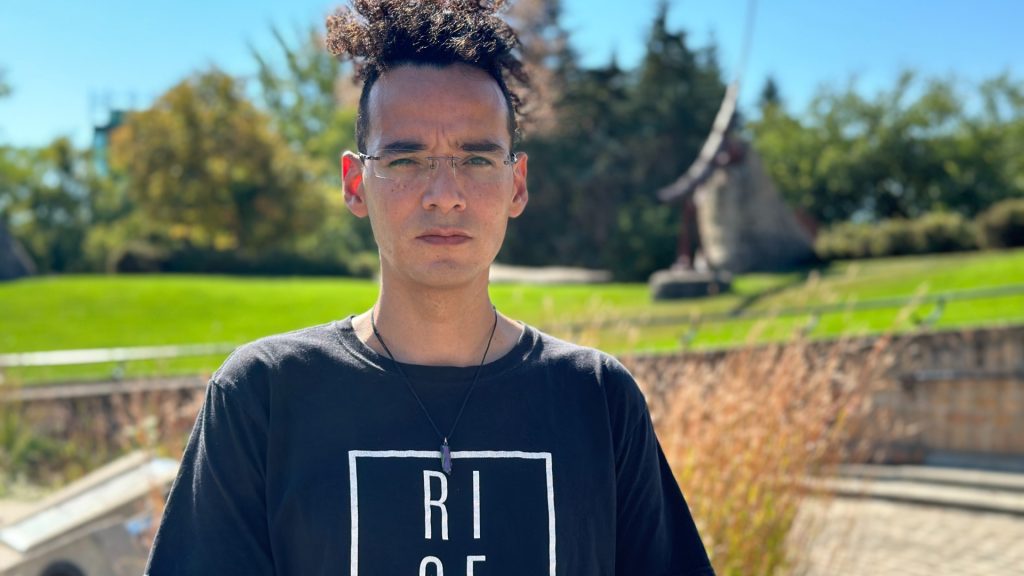‘Who do we call when we need help?’: Indigenous people killed by police spark questions from families of those lost
Posted Sep 14, 2024 06:08:29 PM.
Last Updated Sep 16, 2024 09:24:22 AM.
Six Indigenous people have been killed across Canada in police-involved incidents since late August, and while police watchdogs are currently investigating all of the deaths, family members of those lost are questioning why their loved ones had to die.
The first incident happened on Aug. 29, when 31-year-old Jack Charles Piche from Clearwater River Dene Nation in Saskatchewan was hit by an RCMP vehicle while walking on the 909 grid road off Highway 155 near Buffalo Narrows.
Just one day later, 15-year-old Hoss Lightning from Samson Cree First Nation in Alberta, was shot by RCMP during a confrontation after police confiscated several weapons from the teen.
A few days later on Sept. 3 in Winnipeg, 39-year-old Tammy Bateman was hit by a police cruiser driving through an encampment at Fort Rouge Park.

Incidents such as these have extended beyond the prairie region.
On Sept. 6, Jason West — a 57-year-old Indigenous Man — was shot during a confrontation with Windsor Police in Ontario.
Danny Knife, 31, from Ahtahkakoop Cree Nation in Saskatchewan was shot by Shellbrook RCMP on Sept. 8 during a police response to an assault at the Cree Nation, which also resulted in non-life-threatening injuries to an officer.
The same day, Steven “Iggy” Dedam from Elsipotog First Nation in New Brunswick, was shot by RCMP. Officers said Dedam was in mental distress, had a weapon, and would not cooperate with police.
The independent watchdogs investigating the deaths include the Independent Investigation Unit of Manitoba (IIU), the Alberta Serious Incident Response Team (ASIRT), and the Special Investigations Unit (SIU) in Ontario.
Dominique Dedam — Steven Dedam’s uncle — said his nephew’s death, like many others, did not need to happen.
“He was a kind person, generous. He was fun. He was funny … He took care of a lot of people. He would do without as long as his son, his girlfriend, or other people were happy,” Dominique told CityNews.

The days before Steven’s death were happy ones, said Dominique. The family gathered in Moncton on Sept. 7 — the day before Steven was killed — to celebrate Dominique’s 64th birthday. The day of the incident, Steven spent most of the day golfing before returning home in the evening to be with Dominique and other family members for a night of music. Spirits were high.
This is how Dominique said he left Steven the night he was killed. He said within 20 minutes, two officers were at the door of the house they shared after Steven’s girlfriend called 911, saying he was going to hurt himself. Dominique was on the property working in his shop when police arrived.
“I heard (three bangs) like that. I said, ‘What the hell? Someone knock on the door or something?'” Dominique recalled. “After I heard that, my nephew popped through the door and said, ‘They shot Iggy.’ ‘Who?’ ‘The police.’
“I could see he was dying. With the bullet wounds.”
He said the two officers there didn’t try to help Steven, instead, only handcuffed him.
“A level-headed officer — RCMP officer — came in. You know, there’s some good officers. Came in and at least put dressing on him and called the ambulance right away,” he said.
Dominique believes officers did not need to use lethal force, saying his nephew could have been talked down with Indige-Watch, a group meant to work with police to de-escalate situations. He confirms they were not on the scene.
“(My nephews are) supposed to outlive me. Not the other way around,” Dominique said.

‘Who do we call when we need help? Because we certainly can’t call police or RCMP.’ – Michael Redhead Champagne
With six separate incidents across the country, people are asking if these are truly one-off situations or if there is a larger issue with officers’ response and behaviour in instances where Indigenous people are present.
“It’s hard to ignore the patterns that are being loudly painted across every headline almost every day since the 29th,” community leader in Winnipeg, Michael Redhead Champagne, told CityNews.
“It’s hard for us as First Nations, Métis and Inuit people in this country to answer the question, who do we call when we need help? Because we certainly can’t call police or RCMP.”
Champagne said the deaths of people like Piche, Lightning, Bateman, West, Knife and Dedam are examples of the broken kinship between Indigenous communities and law enforcement.
“I feel like the evidence speaks for itself. How many people have called the RCMP and the police for help since the 29th of August and received actual support, help or at the very least have not been killed because of it?” Champagne asked.
“What are our relatives are asking for when they call for the police? They’re asking for mental health support. They’re asking for housing. They’re asking for safety. They’re asking for understanding and they’re getting none of those things. The answers are not complicated.”

‘The evidence speaks for itself.’ -Michael Redhead Champagne
“When we see places and groups and organizations like Mama Bear Clan Patrol, Bear Clan Patrol, Sabe Peace Walkers, and these ones are just local in Winnipeg here. There are so many across the country of Indigenous groups using their teachings and cultures to try to create safety,” Champagne said.
Champagne said connections between policing, justice, mental and physical health and homelessness need to be looked at across Canada to address the root causes of why Indigenous people are so over-represented in the areas. But although Champagne said he doesn’t have the answers, one thing is clear to him: Indigenous people feel safe with others in the community and at the moment, they don’t feel safe with law enforcement.
“What we do see is when Indigenous-led and de-escalation-led safety practices are applied in situations where folks are heated or escalated — at least in the projects that I’m connected to — sometimes in 80 to 90 per cent of those cases, those escalated individuals end up calming down. Why? Because they’re humanized. They’re respected. They’re referred to an appropriate resource and, oh yeah. They’re not shot and killed when they’re asking for support,” he said.
A re-examination needs to happen in jurisdictions across Canada to address lethal use of force policies and traffic and transportation policies — for a start, said Champagne.
“What are we going to do about the fact that those that investigate police that are harming and killing Indigenous people, some years will find them, in 100 per cent of the cases to be entirely no fault of the police, and the Indigenous people are still left behind with our relatives dead, gone and only questions remaining,” he said.
“All of my teachings tell me that yes, there is a way for us as Indigenous people with Indigenous knowledge to engage and work with a mainstream system to try to make it better. To create safety, not just for Indigenous people, but for everybody.”








